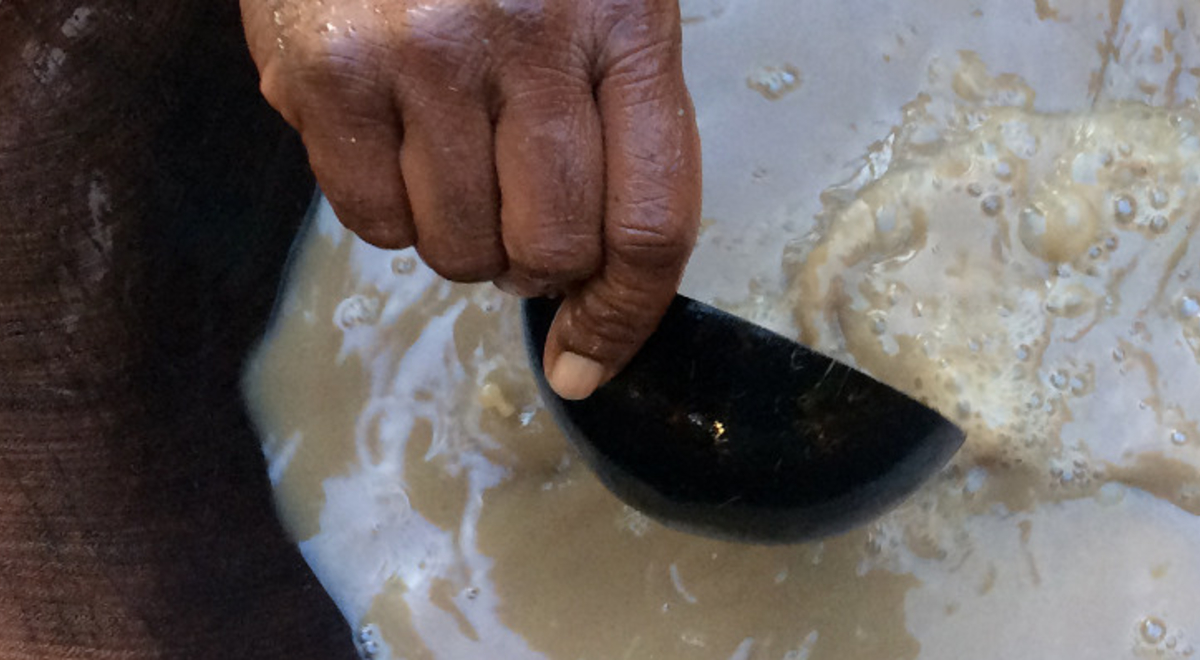What the formal tea ritual is to the Chinese and Japanese, the ceremony of drinking kava is to the people of Fiji. Enjoyed on both important and social occasions, including when accepting guests or visitors into a village, kava is traditionally accompanied by a ceremonial atmosphere.
Known as yaqona or simply grog in Fiji, kava is a mildly narcotic drink made from mixing the powdered root of the pepper plant (piper methysticum) with water and results in a numb feeling around the mouth, lips and tongue and a sense of relaxation. For many Fijians, kava is a link to their ancestral past and is the nation's traditional and national drink. The drink itself is thought to have medicinal qualities, and legend has it that the ceremony surrounding kava originated from Tonga.
Kava is available for purchase in most open-air markets in Fiji and many tours include the kava ceremony as part of their itinerary. Kava is also given as a sevusevu (ceremonial gift) by guests seeking favour of a village chief and should be laid before him on arrival. This includes those visiting the village of Navai and wanting to climb Mount Tomanivi.
If you have the opportunity to take part in a kava ceremony, this is what to expect. The participants sit in a circle on the floor while a large bowl is placed in front of the leader. The plant is pounded, the pulp placed in a cloth sack and mixed with water in a tanoa (bowl) where it turns a brownish colour. The leader strains the liquid and fills a small bilo (cup) to be presented and drunk in one shot by the chief guest, who must clap once before and after swigging the kava. The order of serving then continues from the most important guest down the ranks in order of status. And the taste? Like sediment and slightly bitter – an acquired taste!
fiji kava






